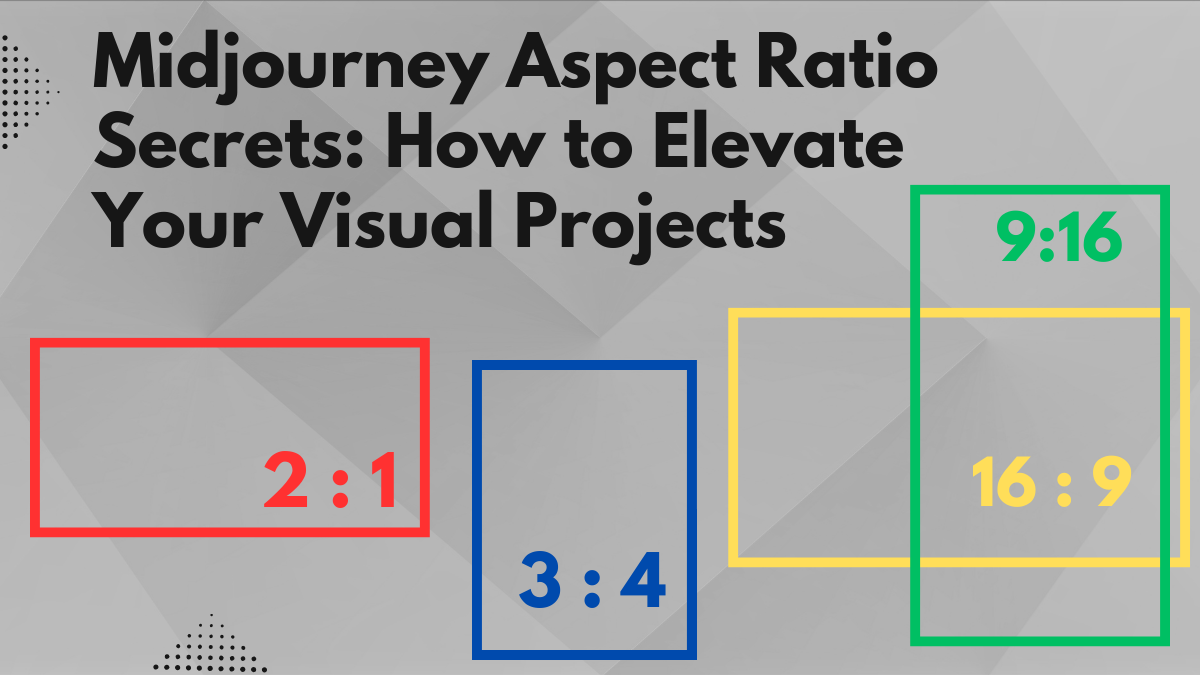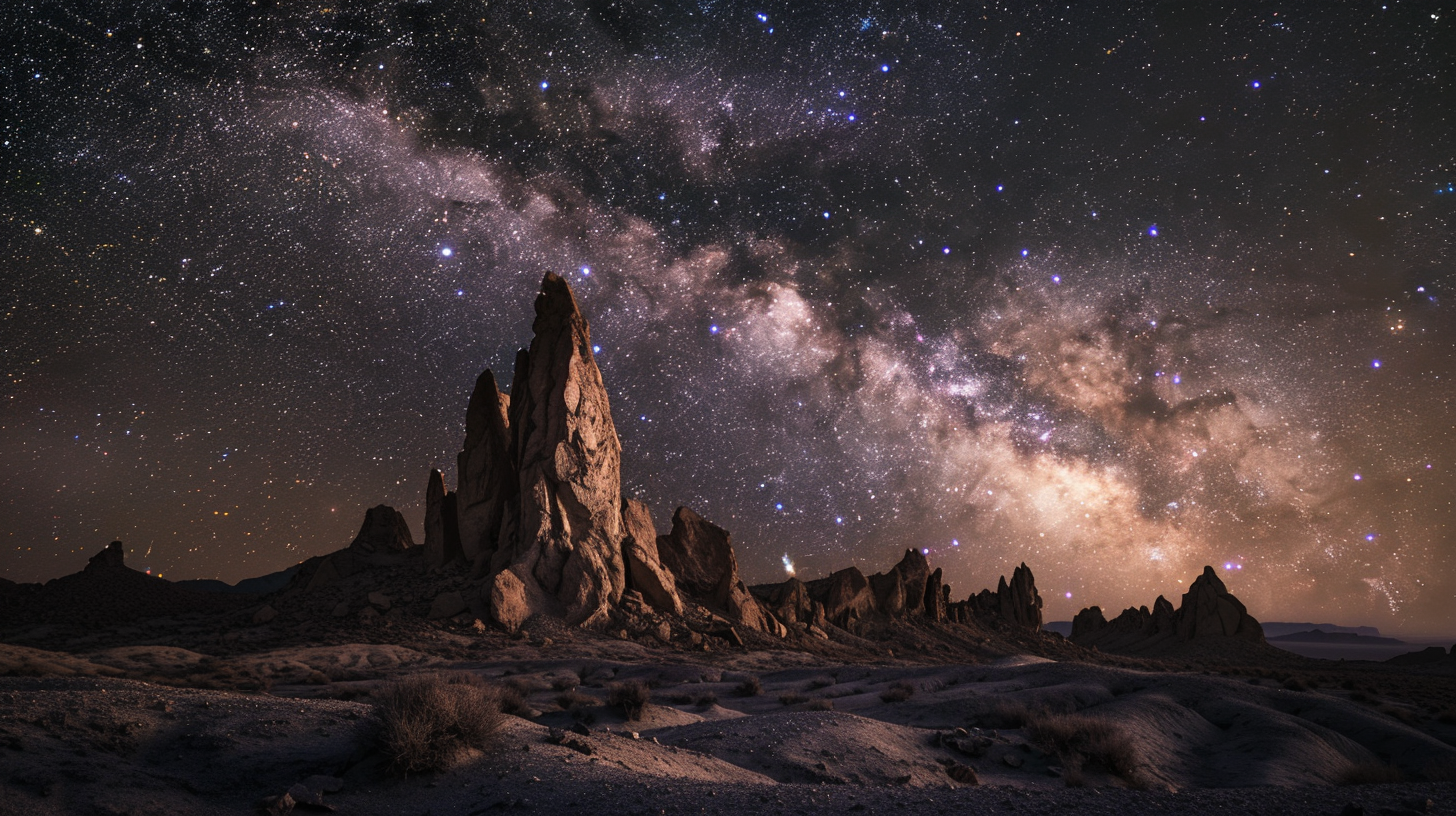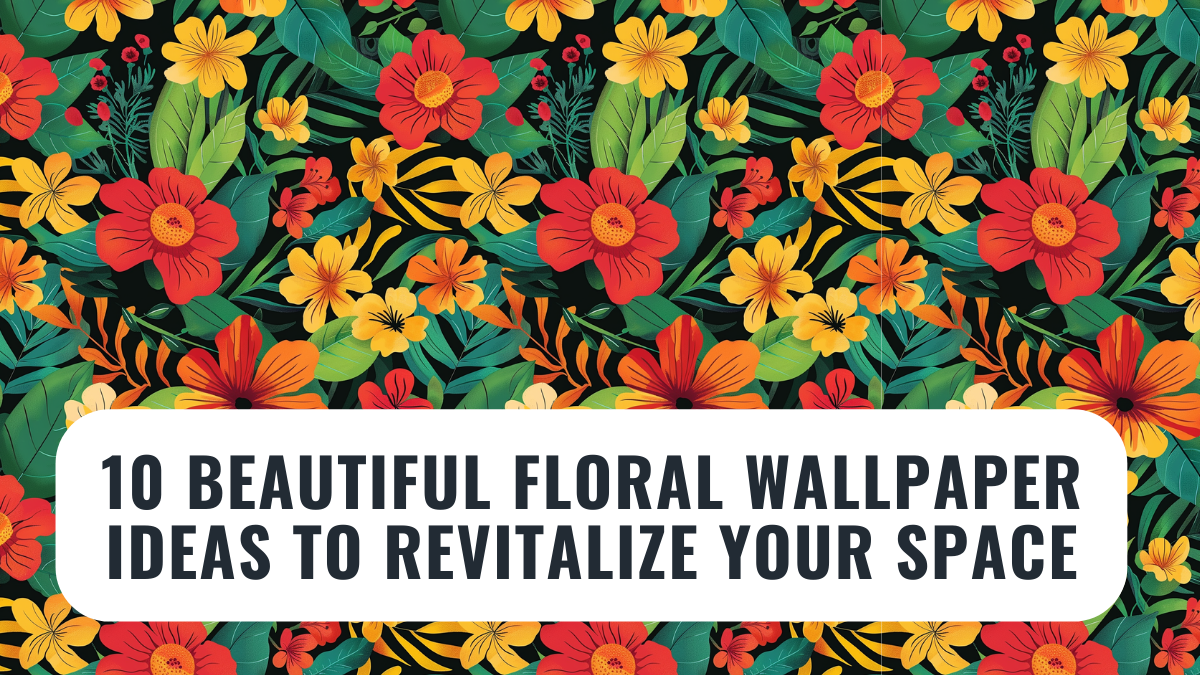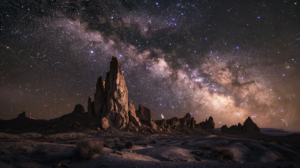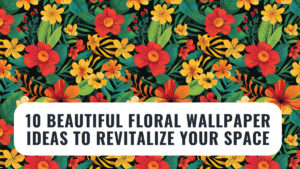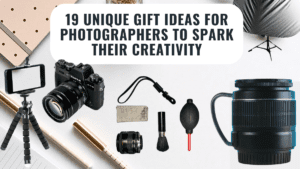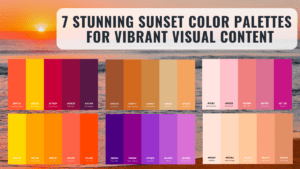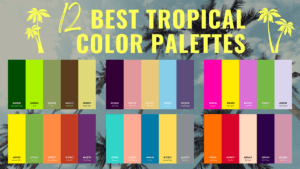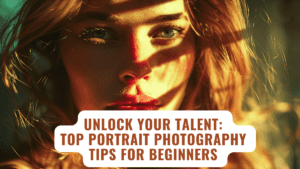Introduction
The aspect ratio of visual content plays a pivotal role in how it’s perceived and engaged with by audiences. In the realm of digital creation and midjourney projects, understanding and optimizing the aspect ratio can significantly impact the effectiveness of your visual content. This guide delves into the concept of aspect ratio, its importance in all your digital projects, and how you can use and adjust this parameter to maximize the impact of your creations.
What is the ratio aspect?
So, what exactly is an aspect ratio? In simple terms, it is the ratio of the width to the height of a display screen. For instance, a traditional 4:3 aspect ratio means that the width is 4 units and the height is 3 units. Over time, various aspect ratios have emerged, catering to different media formats and devices.
As the name suggests, it’s a ratio, which means that we always reason in terms of the proportion of width to length. So an aspect ratio of 2:1 will be identical to 20:10, 2000:1000 or 64:32, since in all cases the width is twice as large as the height.
How to change the aspect ratio in a Midjourney prompt?
Now that you know the definition, you’re probably wondering how you can modify this ratio for your brand-new creations. The good news is that Midjourney’s developers have made this a parameter you’ll need to integrate into your prompts.
The parameters of a Midjourney prompt are keywords preceded by two hyphens, which allow you to add additional information at the end of your prompt. For example, ‘–stylize 1000’ allows you to give a particular style to your creation ‘–chaos 100’ allows you to obtain four very different results.
The syntax is always: ‘–parameter value’.
In this case, you can add ‘–aspect width:height‘ or ‘–ar width:height’ at the end of your prompt, replacing width and height with the desired values.
Note that Midjourney only allows you to specify whole numbers in this parameter, and that if the ratio is < 0.5 or > 2, this could give rise to occasional bugs. For further information, please refer to the relevant documentation: https://docs.midjourney.com/docs/aspect-ratios.
Navigating Common Aspect Ratios and Their Significance
1. 1:1 – The Square Format
Best for: Social Media Posts, Profile Pictures, App Icons
The square format, once the standard for medium format film photography, has seen a resurgence in the digital age, primarily due to social media platforms like Instagram. Its balanced proportions offer a straightforward, uniform canvas that works exceptionally well for content designed to be viewed on mobile devices, where screen real estate is limited.
2. 4:3 – The Classic TV Format
Best for: Standard Photography, Online Content, Classic Films
Originally the standard television and computer monitor format, 4:3 mimics the traditional look of film photography and is still widely used for digital cameras, tablets, and some streaming content. This aspect ratio offers a slightly more intimate view than wider formats, making it ideal for portraits, product photography, and any content where detail and closeness are priorities.
3. 16:9 – The Widescreen Standard
Best for: Modern TVs, YouTube Videos, Cinematography
Adopted as the standard for HDTV and most web videos, the 16:9 ratio provides a broad canvas that’s perfect for cinematic content, landscape photography, and any visual work meant to convey a sense of scope and scale. Its popularity across various devices and platforms makes it a versatile choice for creators looking to reach a broad audience.
4. 21:9 – The Ultrawide Cinema
Best for: Cinematic Films, Video Games, Panoramic Photography
The ultrawide 21:9 aspect ratio, also known as Cinemascope, offers an immersive experience that closely mimics human peripheral vision. This ratio is favored for its dramatic, cinematic quality, enhancing storytelling by allowing more of the scene to be captured in a single frame. It’s particularly effective for panoramic shots, widescreen cinematography, and immersive video gaming.
5. 3:2 – The Full-Frame Standard
Best for: DSLR Photography, Print Media
Mirroring the aspect ratio of 35mm film, 3:2 is a favorite among photographers for its versatility and natural look. This ratio is closely aligned with the dimensions of photo prints (such as 6×4 inches), making it an excellent choice for projects intended for print or where a balance between width and height is desired without the extremity of wider formats.
6. 2:3 and 9:16 – The Mobile Screen Champions
Best for: Smartphone Content, Social Media Stories, Vertical Videos
As mobile devices become the primary means of content consumption, vertical aspect ratios like 2:3 and 9:16 have grown in importance. These formats are tailored for content viewed on smartphones, particularly for social media stories and vertical videos, offering a full-screen experience that captures the viewer’s attention without the need to rotate their device.
5 Additional Tips for Choosing the Best Aspect Ratio for Your Visual Projects
Knowing how to change the aspect ratio of your creations is one thing, but the most important thing is to be able to make the right choices. We’ve selected 5 tips to help you do just that. But always bear in mind that theory is no substitute for practice!
1. Define the Purpose of Your Project
Understand Your Medium and Audience: Before deciding on an aspect ratio, consider the main purpose of your project and the platform it will be displayed on. Are you creating a cinematic video, a social media post, or print media? Each medium has its preferred aspect ratios that best fit its constraints and audience expectations. For instance, 16:9 is widely used for videos and YouTube content, while 1:1 is perfect for Instagram posts.
2. Consider the Composition and Elements of Your Project
Balancing Visual Elements: The aspect ratio can dramatically affect the composition of your visual project. A wider aspect ratio like 16:9 can capture expansive landscapes effectively, offering a broad view that’s engaging for viewers. Conversely, a 4:3 or 5:4 ratio might be better suited for portraits or subjects that benefit from a closer, more intimate framing. Think about the key elements you wish to highlight and choose an aspect ratio that best frames these elements.
3. Anticipate Platform Requirements
Optimize for Final Display Platforms: Each digital platform has its guidelines and best practices for aspect ratios. For example, YouTube videos perform best in 16:9, whereas Pinterest prefers longer, vertical images, typically around 2:3 or 4:5. Researching and adhering to these platform-specific guidelines ensures your content looks its best and reaches your intended audience effectively.
4. Experiment and Analyze Results
Adapt and Learn from Feedback: Don’t be afraid to experiment with different aspect ratios to see what works best for your project. Use analytics tools (where available) to gauge how changes in aspect ratio affect viewer engagement and interaction. This empirical approach can provide insights beyond standard best practices, allowing you to tailor your strategy to your unique content and audience.
5. Use Tools and Software for Flexibility
Leverage Editing Software: Modern photo and video editing tools offer the flexibility to change aspect ratios without compromising the quality of your work. Utilize these tools to experiment with different ratios and see how they alter the narrative or focus of your project. This can be particularly useful in post-production, where you might decide to reframe a shot to better convey your message or adapt to different platform requirements.
In conclusion, understanding the midjourney aspect ratio is crucial for ensuring optimal display quality and user experience. By selecting the right aspect ratio, maintaining consistency, and considering the needs of your audience, you can enhance the visual impact of your content and deliver it seamlessly across various devices.
